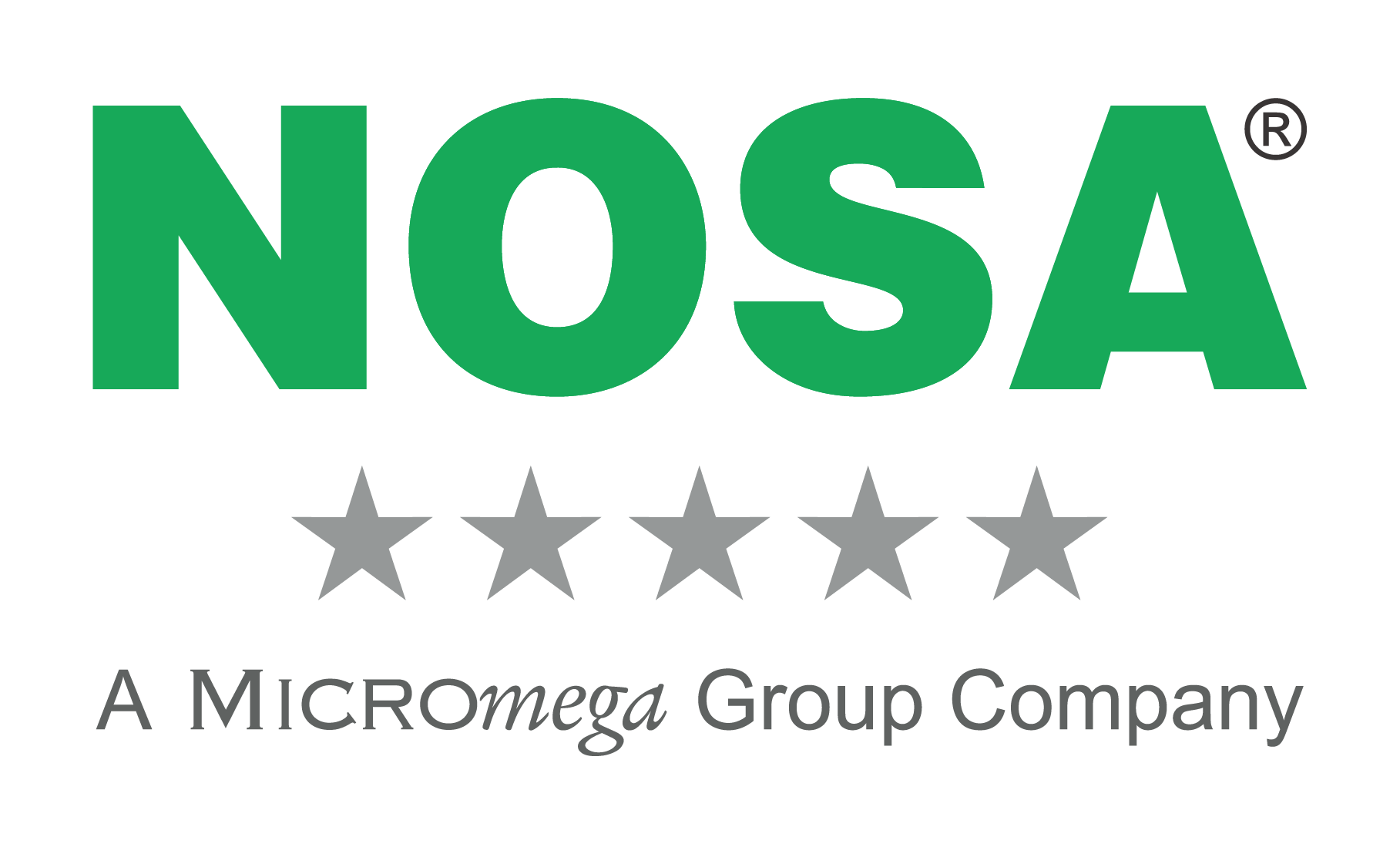
Like we did for ISO 9001: 2015, today’s blog takes a look at the 2015 revisions to ISO 14001, and how these have improved the standard, as well as changed it.
Recap: What is ISO 14001?
ISO 14001 is an internationally agreed standard that sets out the requirements for an environmental management system. It helps organisations improve their environmental performance through more efficient use of resources and reduction of waste, gaining a competitive advantage and the trust of stakeholders.
What are the benefits of ISO 14001?
Users of the standard have reported that ISO 14001 helps:
- demonstrate compliance with current and future statutory and regulatory requirements
- increase leadership involvement and engagement of employees
- improve company reputation and the confidence of stakeholders through strategic communication
- achieve strategic business aims by incorporating environmental issues into business management
- provide a competitive and financial advantage through improved efficiencies and reduced costs
- encourage better environmental performance of suppliers by integrating them into the organisation’s business systems.
Who determines, checks and manages ISO 14001?
ISO 14001 is managed by the International Organization for Standardisation (ISO) in Geneva, Switzerland. ISO is an independent membership organisation and the world’s largest developer of voluntary international standards.
Why was ISO 14001 revised?
All ISO standards are reviewed and revised regularly to make sure they remain relevant to the marketplace. ISO 14001: 2015 will respond to the latest trends, including the increasing recognition by companies of the need to factor in both external and internal elements that influence their environmental impact, such as climate volatility and the competitive context in which they work. The changes also ensure that the standard is compatible with other management system standards.
What are the main changes to the standard?
As noted above, ISO 14001: 2015 responds to the latest trends, such as an increasing recognition by companies to factor in both external and internal elements that influence their impact, including climate volatility.
Other key improvements in the new version include:
- a greater commitment from leadership
- an increased alignment with strategic direction
- greater protection for the environment, with a focus on proactive initiatives
- more effective communication, driven through a communications strategy
- life-cycle thinking, considering each stage of a product or service, from development to end-of-life
As ISO 14001 approaches 20 years in existence, Anne-Marie Warris, Chair of ISO/TC 207/SC1, the technical committee that developed the standard and undertook the revision, is confident that the new version promises its relevance for 20 more.
‘ISO 14001 has fulfilled many of the dreams we foresaw over the last 20 years, including helping people to manage all their environmental issues in a holistic manner,’ she said.
‘Looking forward, the new version will help with a stronger integration between environmental issues and an organisation's strategic action planning and thinking.’
What’s more, she adds, ‘I foresee the life-cycle perspective and supply chain issues embedded in ISO 14001 becoming stronger in the future.’
ISO Acting Secretary-General Kevin McKinley said the revised ISO 14001 reflects many changes in technology and what stakeholders expect of organisations.
‘It is also a competitive advantage,’ he said. ‘ISO 14001 is something that organisations can use to distinguish themselves from their competition, and in many cases also providing financial advantage, helping organisations to realise efficiencies and improve performance.’
The revision is the culmination of work done by 121 expert members of technical committee ISO/TC 207/SC 1 for environmental development, which is led by BSI, ISO member for the UK, representing multiple stakeholder groups from 88 countries.
I am certified to ISO 14001: 2004. What does this mean for me?
Organisations have been granted a three-year transition period (following the revision’s publication) to migrate their quality management system to the new edition of the standard. This means you should have migrated by the end of 2018.
I am NOT certified to ISO 14001: 2015. How do I get started?
A number of resources (including the ISO 14001 checklist for small business), provide detailed guidance on how to use the standard, but here are three tips to get you started:
Tip #1: Define your objectives. What do you want to achieve with this standard?
Tip #2: Get the buy-in from senior management. It is essential that the leaders of your organisation support the objectives of an effective environmental management system and are committed to the process.
Tip #3: Get a good overview of existing processes and systems that are relevant to your environmental impact. This will form the basis of your environmental management system and allow you to more easily identify any gaps.
Sources:
http://www.iso.org/iso/introduction_to_iso_14001.pdf
http://www.iso.org/iso/news.htm?refid=Ref1999
http://www.praxiom.com/iso-14001-new.htm



